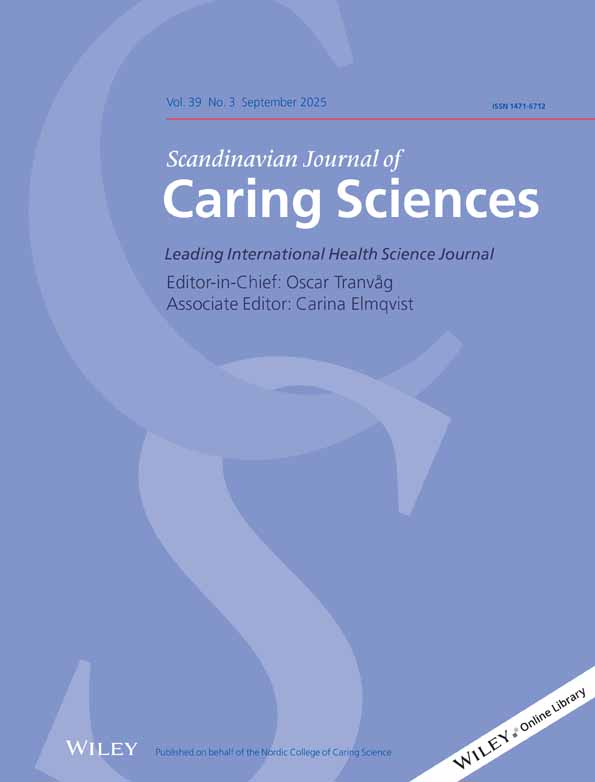Energy and nutrient intake and nutritional status of children with malignant disease during chemotherapy after the introduction of new mealtime routines
Abstract
A previous study at the Paediatric Haematology and Oncology unit at the University hospital of Northern Sweden, Uneå, showed that children with malignant disease had an average daily energy intake below that recommended, and negative weight development after start of chemotherapy. New mealtime routines were introduced. During 7 months in 1995–1996, 11 consecutive children, 2–15 yrs of age, participated in prospective dietary recording for21 consecutive days during their first induction therapy. Daily energy and macronutrient intakes were related to the recommended daily intakes (RDIs) according to the Swedish Nutrition Recommendations, (SNR). ANthropometric data were expressed as SD-score and related to National Centre for Wealth Statistics (NCHS) growth curves. The average daily oral energy intake during days spent at the hospital was 63% of RDI and thus still lower than that recommended. Inclusion of enteral and parenteral nutrition support increased the average daily energy intake to 88% of RDI. After an initial weight loss, a catch-up was seen at 6 months.




